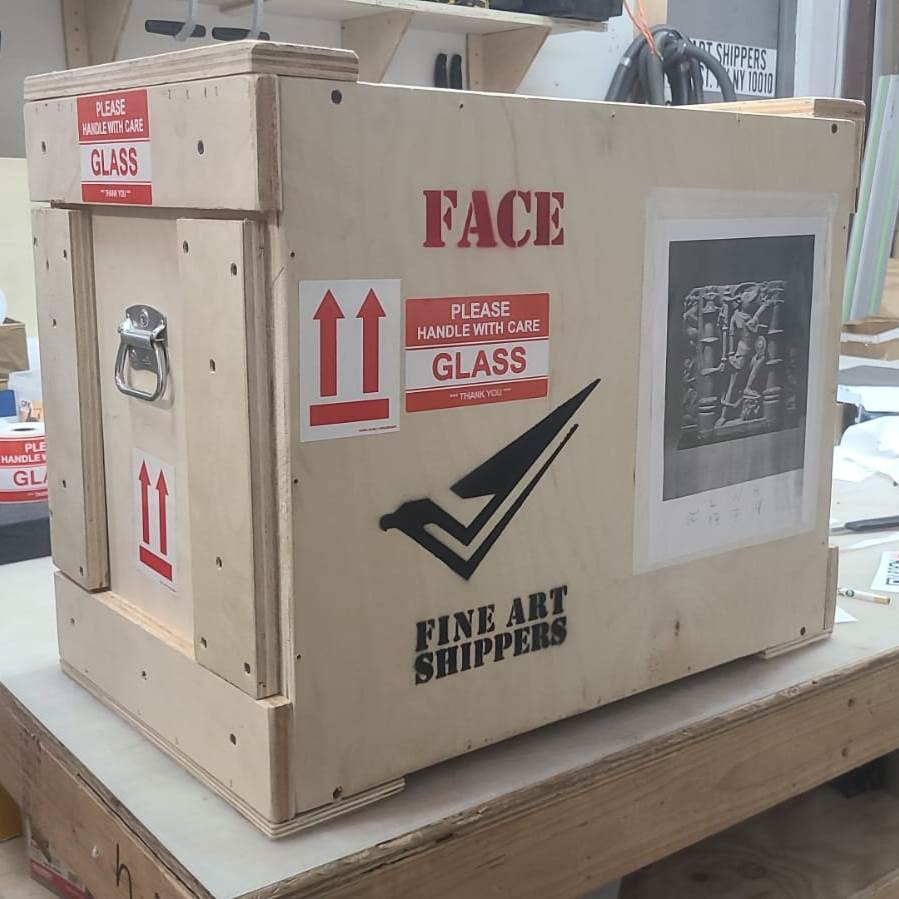Some works of art require exceptional protective measures during transportation and storage due to their age or fragile materials. This is where museum-quality art crating comes in handy. Art crates are sturdy and durable, giving every artwork an extra layer of protection against physical impact and environmental factors. Here is an overview of the museum-quality crating process to guide you.
Why Should You Opt for Museum-Quality Art Crating?
The main purpose of crating is art preservation. Paintings, sculptures, and mixed-media art objects are often made of fragile materials susceptible to damage from vibration, humidity, UV exposure, and other impacts. Crates help mitigate those risks in storage and transportation because they protect art objects during all stages of handling. Besides, museum-grade crates minimize financial risks for museums, galleries, and art collectors, thus reducing the cost of insurance premiums.
Crating Materials You Need
Materials used for crating are carefully chosen based on their physical properties, such as durability, chemical neutrality (absence of acid in the content), and ability to create a stable environment inside the crate for effective climate control. In line with these requirements, the most frequently used materials include:
- Plywood or hardwood. These materials are used to build the crate’s outer structure. They are strong and resistant to impact, and they can be additionally sealed to provide sufficient moisture protection to the interior content.
- Interior materials for cushioning and padding. The interior structure of a crate can be created using foam padding, bubble wrap, acid-free tissue paper for wrapping delicate surfaces, moisture-resistant wrapping barriers, silica gel packs for internal moisture control, and corrugated cardboard for internal supports or space division inside the crate.
- Climate control materials. Museum-grade crates can also be equipped with insulation layers and vapor barriers, which help maintain a stable temperature and humidity level inside the crate.
Nuances of Crate Construction
The art crating process presupposes building the outer layer first, which is made a bit larger than the art object. Next, the crate is customized on the inside with foam padding so that it fits the art object’s shape and dimensions. Art handlers may also add brackets or straps to prevent the artwork’s movement inside the crate. Once the inner layer is ready, the artwork is placed inside the crate and sealed.
As you can see, museum-quality art crating is a meticulous task that requires proper qualifications and expertise. Don’t entrust this task to newbies; your art will travel or stay in storage in greater safety if you turn to professionals. Fine Art Shippers has a team of vetted art crating experts in New York and can perform this task on demand.
